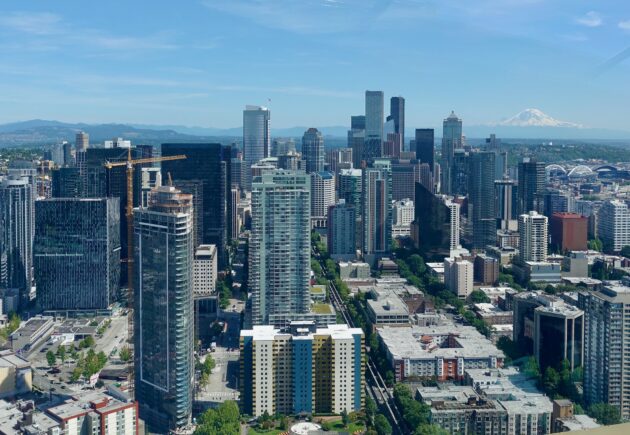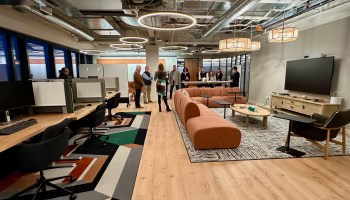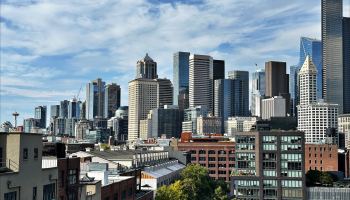
Office-to-residential conversions are frequent fodder in discussions of the post-pandemic city, downtown regeneration, and hopes to contain rising housing costs. Remote work is here to stay, especially in hybrid form in the tech-centric Seattle area. Office buildings are partially occupied or empty and no longer needed for their former use. Cities need to generate tax revenue.
Earlier this month, Seattle Mayor Bruce Harrell put forth a proposal to ease the conversion approval process — exemptions from design review standards and the Mandatory Housing Affordability (MHA) requirements. The idea suggested that such incentives could be a lynchpin of Seattle’s downtown recovery.
But the difficulty of office conversions go beyond simply clearing the path to do so.
One is the cost. Office buildings were not designed for residential use, and significant renovations are often required to allow for livable spaces. For instance, new kitchens and bathrooms must be built, and more natural light is needed via alterations to facades, ceilings, stairways, and walls.
These changes are expensive, and alterations require upgrades based on land use, building, and energy codes. Code requirements for residential uses can look very different from those for commercial counterparts.
More broadly, building residential real estate may not be lucrative to developers, says Kevin Wallace, president of Wallace Properties.
“The problems with office conversions go well beyond MHA and design review, and converting office to [residential] is a distraction from the bigger issue — it no longer makes financial sense to build housing in Seattle,” he said.
Al Levine, a former director of affordable housing at the nonprofit Seattle Housing Authority, said the proposed concessions from Mayor Harrell “are like using a band-aid to heal open heart surgery,” adding that conversion costs are often higher than new construction.
Levine predicted moving forward would take additional city subsidies.
There are also a limited number of suitable buildings for such conversions — in the single-digit percentages of some large cities. Others suggest an 11 percent figure nationally.
This Wall Street Journal video and a PBS story frame the complexity well and suggest a highly nuanced approach will be warranted. Some predict “a fringe trend at best.”
Nonetheless, Seattle has followed other cities investigating the potential for such projects.
Some national examples exist, such as The Wray in Washington, D.C., a former State Department building turned apartments. In Chicago, Millennium on LaSalle — a 13-story office building — is now in residential use. Boston has a number of such conversions underway.
Across the pond, previous office conversions have not always stood the test of time and some now present asylum and slum housing issues.
The Queen Anne Plaza building claims bragging rights as Seattle’s first post-pandemic conversion. Developers recently filed documents that are under review by the city.
Last year, the city’s Office of Planning and Community Development managed a competition seeking innovative solutions for converting downtown commercial office spaces to residential use.
Perhaps Seattle could embrace the idea of mixed use spaces that combine both work and living. A few floors for work and a few floors of residential could reduce costs.
The city’s tech workforce — and employers — are now increasingly accustomed to remote and flexible work arrangements, and they may embrace such spaces. Think of reduced commute times, enhanced work-life balance, and a collaborative culture.
This broad thinking is needed for converted spaces to carry the day.





